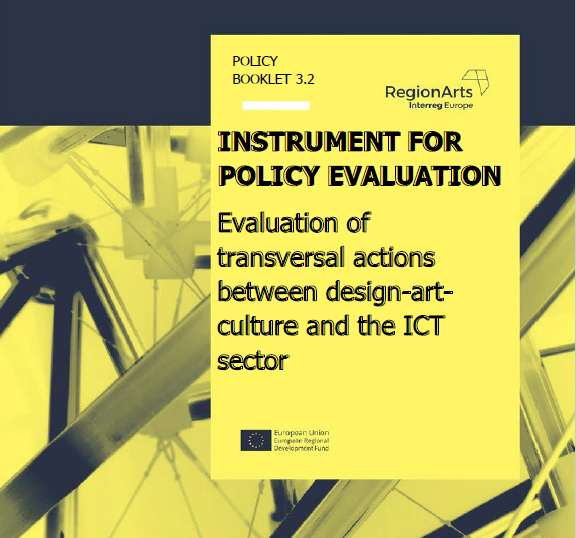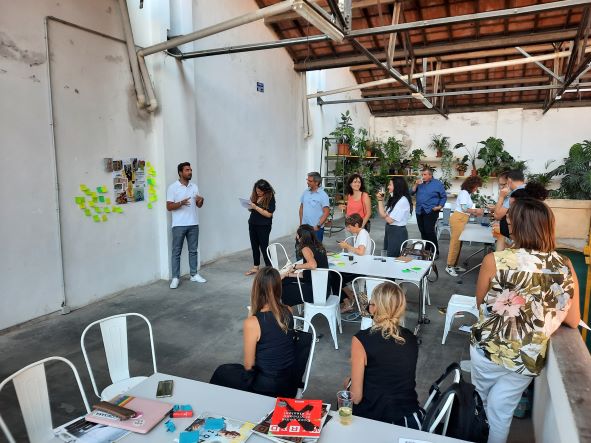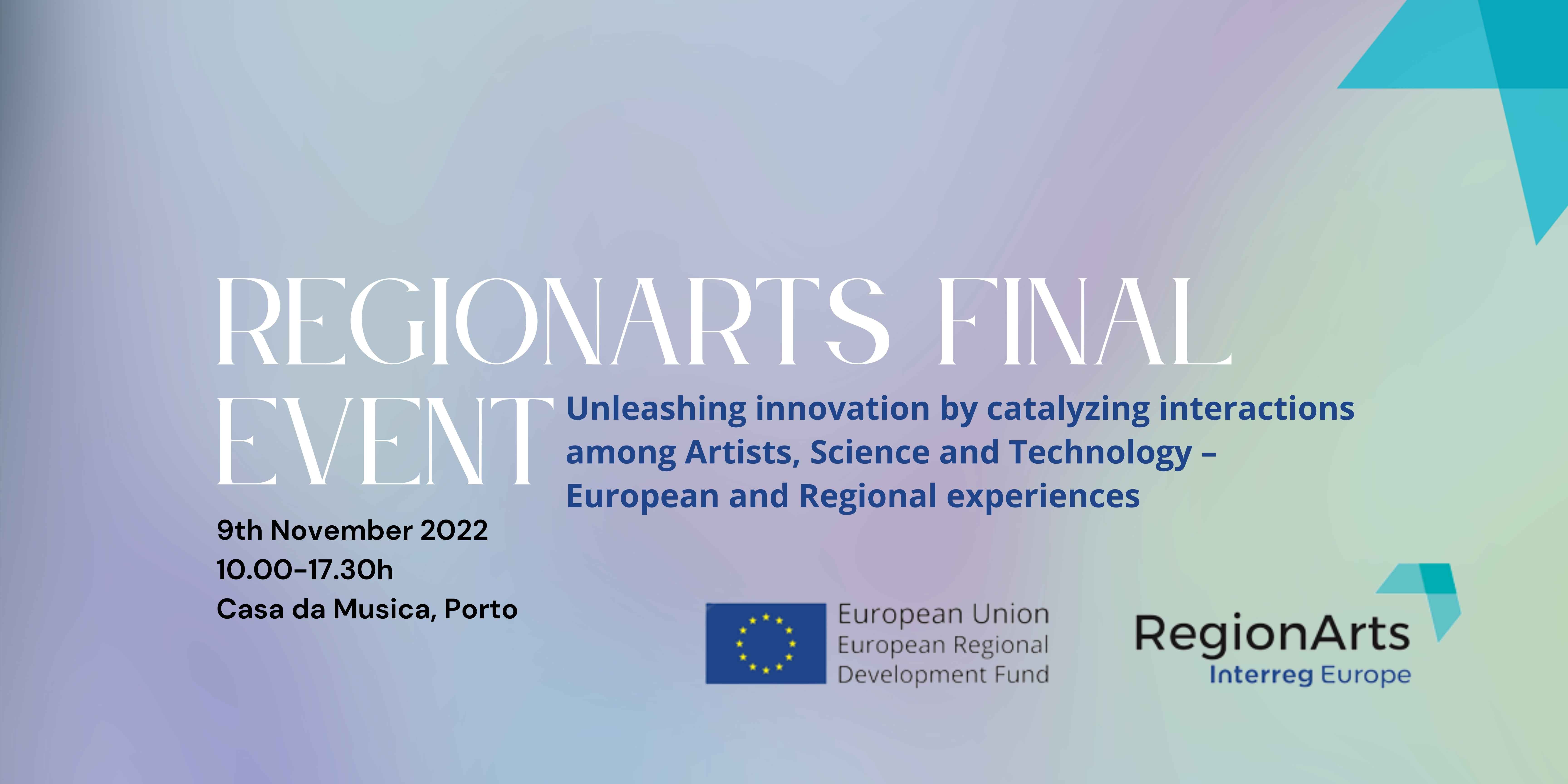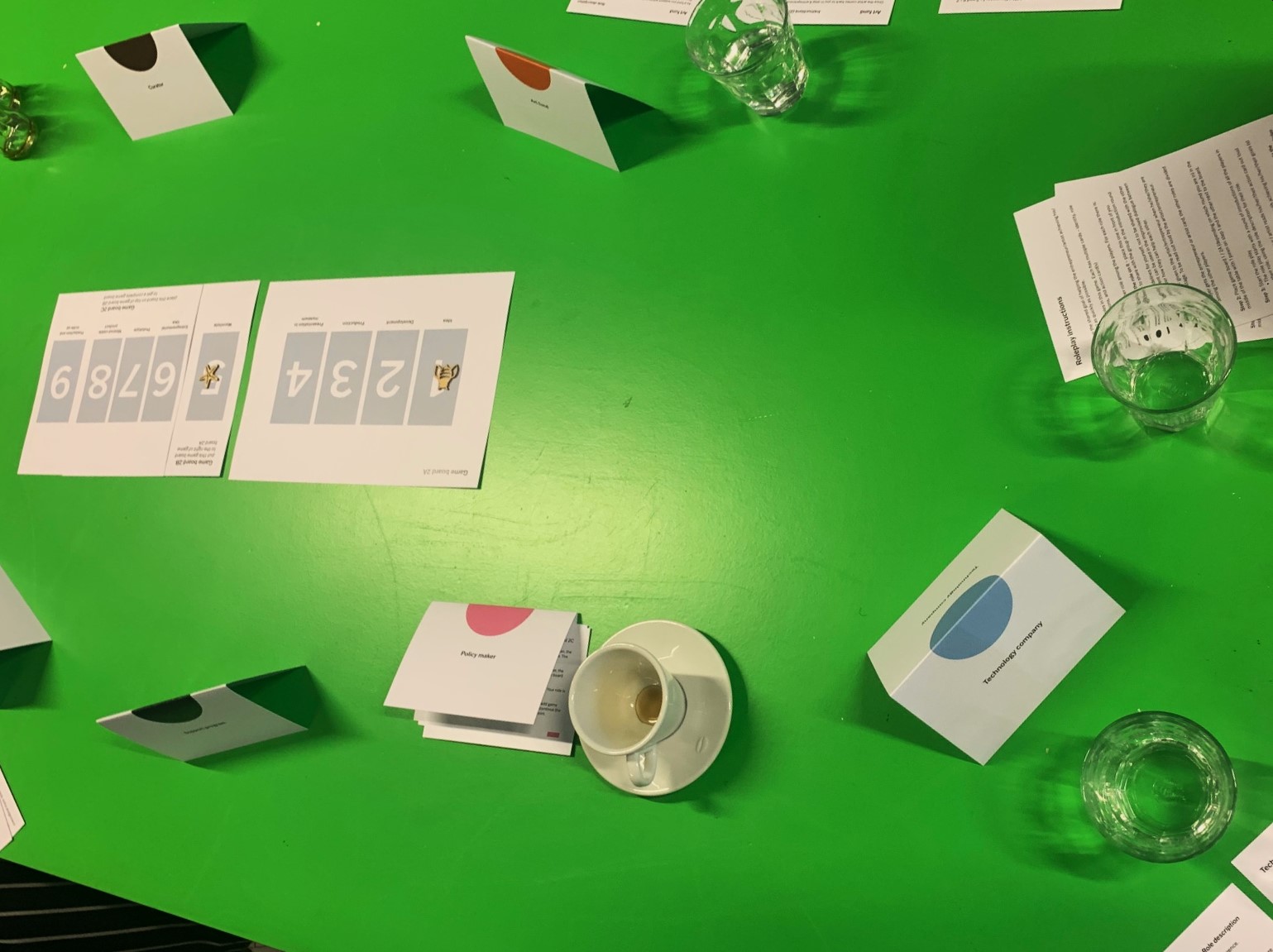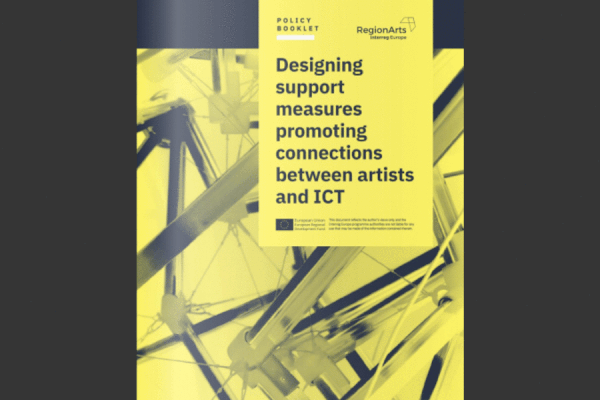On 26th November 2020, ART-ER met online with the members of the Local Stakeholder Group of Emilia-Romagna for their biannual meeting. The meeting aimed at recapping the state of affairs of the RegionArts project and presenting a first draft of the Regional Action Plan. This is, in fact, the main output of the first phase of the project that will include activities fostering collaborations between CCIs and ICT and cross-fertilization with other sectors.
Initially, ART-ER provided an overview of the initiatives that have recently been developed at a national level regarding the interactions between arts and technology in relation to the world of research and business. Among these events there are ICT meets the ARTS and Digitalks organized in the framework of the project. The success of these activities generated great interest: 185 participants on ZOOM and 104 visualizations on Facebook during the streaming, the 5 different sessions were shared 34 times on the platform. At a later time, the recorded videos were watched 449 times on YouTube. The good results achieved might lead to further development in 2021.
ART-ER later held a fruitful discussion with the stakeholders about the Action Plan, tackling the actions to be implemented in the second phase of the project (2021-2023), envisaged to foster relations between various actors of the region and create a cohesive ecosystem.
The highlights that were put on the table mainly concerned the importance of:
- Making the most of the decentralized innovation system as well as the excellences that the Region can already count on (made of networks, research centres, clusters etc) while ensuring that instruments fostering fruitful collaborations and exchanges are put in place;
- Capitalizing on regional strengths (e.g. technological innovations that are part of the “Data Valley”, long-lasting traditional entrepreneurship in CCI sectors as crafts, fashion, music, cultural heritage ) and the peculiarities of territories, both among local and international actors;
- Identifying coherent assessment and impact indicators so as to monitor the results of the activities that will be implemented through the Action Plan, which should not only take into account quantitative outputs, rather qualitative information (which are harder to define but can truly provide an in-depth picture of the results achieved) and spillover effects.
In the following weeks, ART-ER will receive additional feedback from stakeholders for the finalization of the document in the first months of 2021.
The meeting concluded with the presentation of two regional research centres dedicated to CCIs and Digital Humanities. The former, CRICC (University of Bologna) aims to strengthen the regional production system of the cultural and creative sector by integrating research with enabling technologies. Through a series of experimental pilot projects in the field of audiovisual activities, digital applications to culture, music, fashion and design, the organization will generate new knowledge and innovative production opportunities
The latter, DHMore intends to foster the activation of cultural and creative enterprises while increasing and coordinating interdisciplinary studies and research in the field of Digital Humanities.


